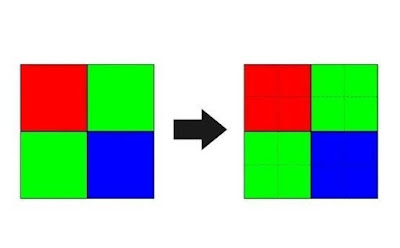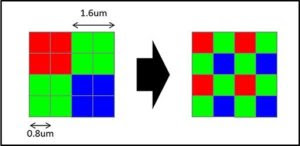How is the 48MP camera on Xiaomi Redmi Note 7 possible? Explained
How is the 48MP camera on Xiaomi Redmi Note 7 possible? Explained
| How is the 48MP camera on Xiaomi Redmi Note 7 possible? Explained |
If we talk about the hardware, the Redmi Note 7 hoods pack a Snapdragon 660 chipset. When we look at Snapdragon 660 features, the chipset supports up to the 25MP single camera only. So, how does Redmi Note 7 play a 48MP camera? Is this fake? Let's know the truth behind the 48MP sensor and how it works.
Redmi Note 7 48MP camera
 |
| Redmi Note 7 48MP camera |
 |
| How is the 48MP camera on Xiaomi Redmi Note 7 possible? Explained |
So, even though the output image from Redmi Note 7 is 48MP, it's actually a 12MP sensor. The Samsung ISOCELL Bright GM1 sensor uses Four-in-One pixel Binning Technology to create a 12MP image in the 48MP image.
What is Pixel Binning?
Pixel Binning is basically an ISP level implementation process, where 4 pixels add information to 1 pixel. In the Samsung GM1 sensor, pixel binning takes pixels in 2 × 2 grids and adds them to one. |
| What is Pixel Binning? |
Samsung-GM1-48MP sensor
 |
| Samsung-GM1-48MP sensor |
Thus by adding raw data from four pixels to one, the output image is a high resolution because it captured a large amount of light and also reduced the noise. Xiaomi used this sensor and claimed to present a 48MP image which was actually captured from a 12MP sensor. However, the resultant image is bright and there is a low noise after the use of pixels due to the combination of pixels with a combination of data of four pixels simultaneously.
What do you guys think about this 48MP camera sensor? Tell us your thoughts in the comments!



No comments: